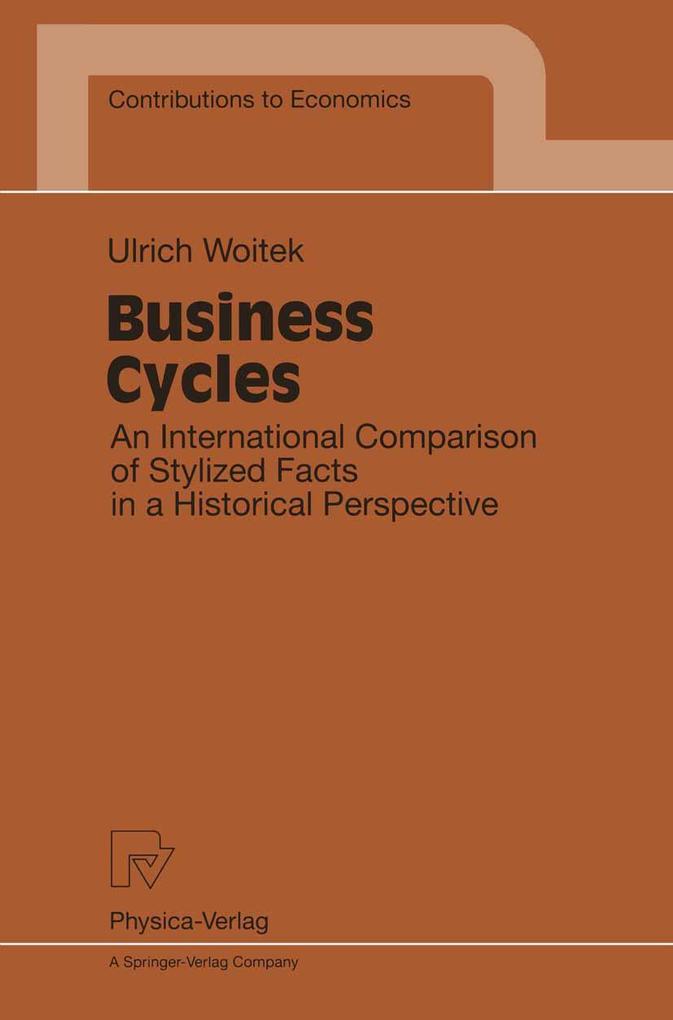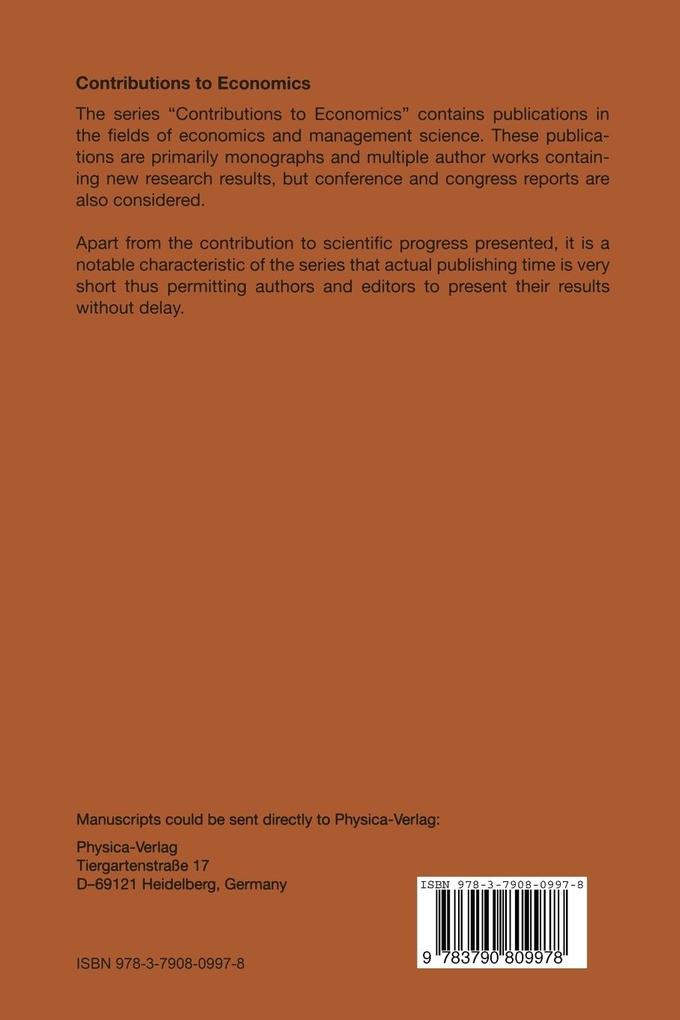Subject is the description of unvariate and multivariate business cycle stylized facts. A spectral analysis method (Maximum Entropy spectral estimation) novel in the analysis of economic time series is described and utilized. The method turns out to be superior to widely used time domain methods and the "classical" spectral estimate, the periodogram. The results for eleven OECD countries confirm and extend the basic set of stylized facts of traditional business cycle theory. The changing characteristics of the business cycle are analyzed by comparing the cyclical structure for the postwar and the prewar period. The results show that business cycle is mainly due to investment fluctuations.
Inhaltsverzeichnis
1 Introduction. - I The Methodology. - 2 Illustrating the Methodology: The Case of Germany. - 3 Spectral Analysis. - II Empirical Results. - 4 Business Cycle Stylized Facts in the OECD Countries. - 5 Conclusion. - A The Detrending Problem. - A. 1 Spurious Cycles. - A. 2 Persistence of Shocks. - A. 3 Testing for Unit Roots. - A. 3. 1 The Dickey-Fuller Test. - A. 3. 2 Limitations of the Dickey-Fuller Test. - A. 3. 3 Structural Breaks. - B Tables. - B. 1 Postwar Results. - B. 2 Prewar Results. - References.







































